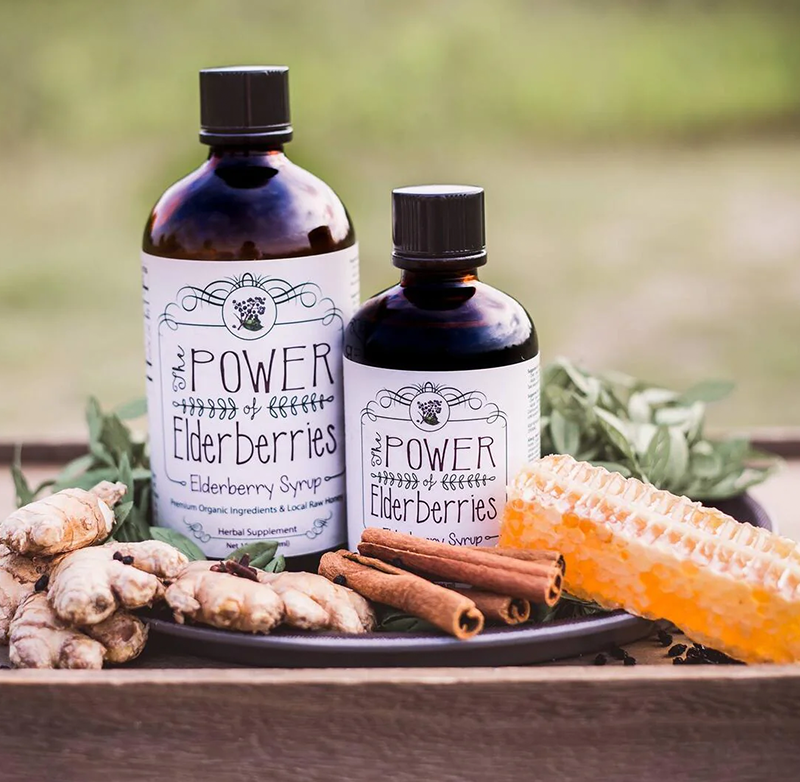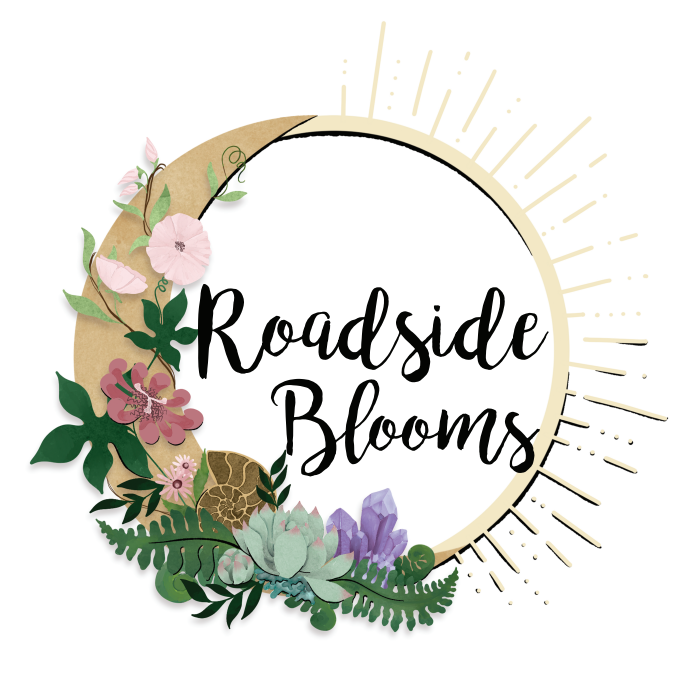

Photo credit: Power of Elderberries
By Toni Reale, special to Digs
Taking root along the roadside and growing out of ditches all around the Lowcountry, the American elderberry (sambucus nigra or sambucus canadensis), stands tall with its showy white lace doily-looking flowers in late spring and early summer, followed by its deep purple berry-looking fruit in late summer and early fall. This native plant may look like a nuisance weed to the passersby, but is actually an important healing plant.
Early human use
Throughout recorded human history, elderberry has served many purposes. The oldest evidence of the importance of this plant to humans is published in a National Academy of Sciences study that found elderberry remnants preserved in dental plaque dating from the Neolithic period (10,000 B.C.) through the Middle Ages. While it’s not clear what they used elderberry for from this study, it is evident that elderberry was an important part of their diet. Written evidence of elderberry comes from the “father of medicine,” Hippocrates, in 400 B.C. He wrote the plant was his “medicine chest,” useful for many ailments. More recent evidence shows Native Americans used the plant for nutrition,as well as pipes, fire starters, basket and animal hide dyes, and even blow guns.
Medical uses
Although elderberry is considered an herbal supplement by the U.S. Food and Drug Administration (FDA) and no official FDA approval has been given to any application of the plant, many have found benefits to using elderberry. The plant’s drupes or berry-like fruit are most commonly dried and then used to make a syrup. Honey, ginger and cinnamon are often added in the syrup-making process to enhance the taste of the berries and also to naturally preserve the extract.
Elderberry fruits are high in vitamins and minerals, such as potassium, vitamin C, vitamin A, calcium and antioxidants including anthocyanins and flavonoids. It’s an almost magical plant that is touted to have anti-bacterial, anti-viral, anti-inflammatory and other immunity-boosting benefits. Most people use an extract made from elderberry for things like building immunity in cold and flu season, and alleviating symptoms such as coughs and other respiratory ailments. Amanda McNulty with S.C. Public Radio's “Making it Grow” reported that rubbing a cut elderberry stem on a wart removes it.
Identification of the plant
When foraging for this plant, it is important to properly identify before harvesting. The plants like to grow in open, sunny locations. When the plant is in its flowering stage, its blooms (which are composed of many tiny flowers) are large, flat and white. The flower resembles a Queen Anne’s lace, but the elderberry flower is denser. Botanists call the flower of this plant a “perfect” flower because both male and female parts are present. If you look closely you’ll see that each tiny flower that is part of the larger bloom has five sepals, five petals, five stamen and one pistil. Each tiny flower that makes up the larger bloom will turn into a cluster of juicy drupes that when ripe can be used for the healing syrup, pies, jellies or even wine.
Local brands
If you are not comfortable foraging for your own elderberries and making a syrup, there are many alternatives. The Lowcountry is home to quite a few local, delicious brands of elderberry syrup including RD Naturals Elderberry, The Power of Elderberries, and Black Elder. If you’d like to learn how to craft your own syrup, check out the local Yahola Herbal School.
A Harry Potter nod to the elderberry
The elder wand (made of elderberry wood) in the Harry Potter series, was the most powerful wand that had ever existed. Only the most powerful wizards who had conquered death were worthy of using the wand. Interestingly, this most magical wand was very plain looking, like the plant itself -- unassuming yet magical.
Toni Reale is the owner of Roadside Blooms, a unique flower and plant shop in Park Circle in North Charleston. It specializes in weddings, everyday deliveries and workshops using nearly 100 percent American- and locally grown blooms. Online at roadsideblooms.com. 4610 Spruill Ave., Suite 102, North Charleston.
